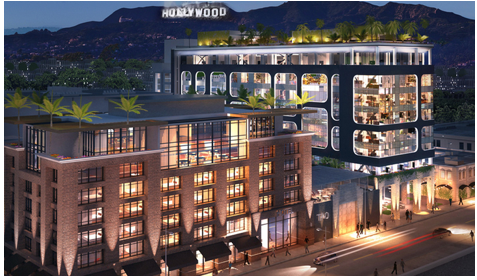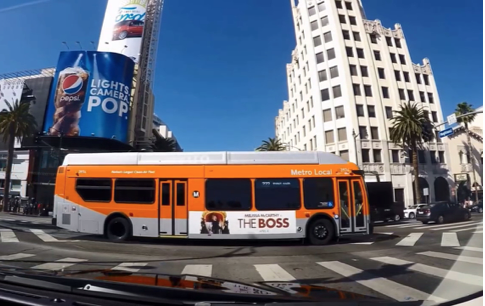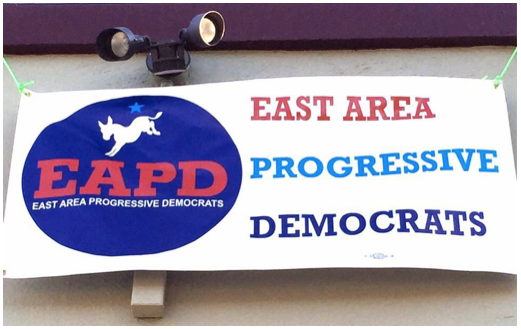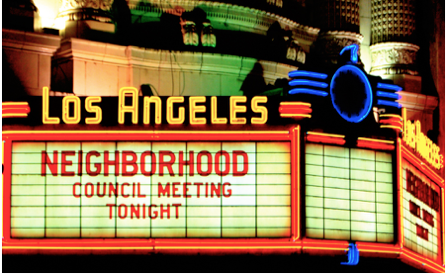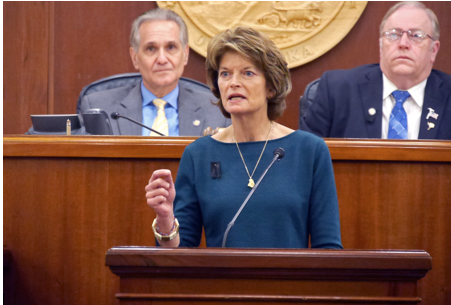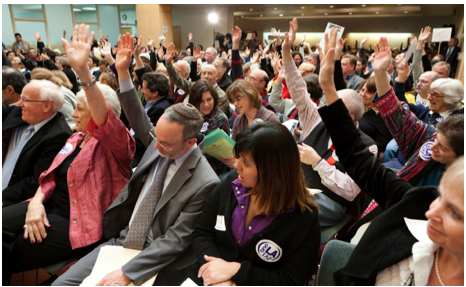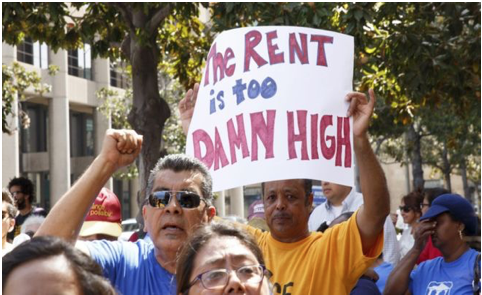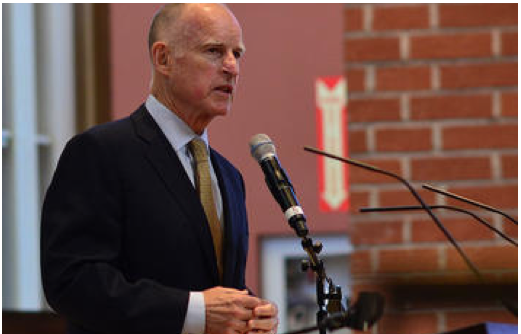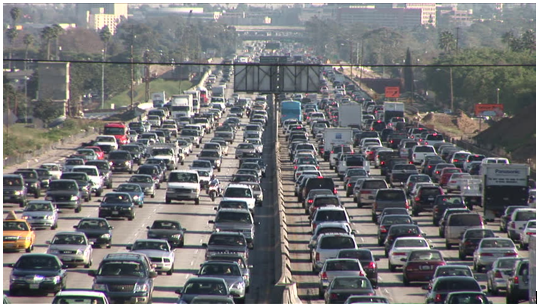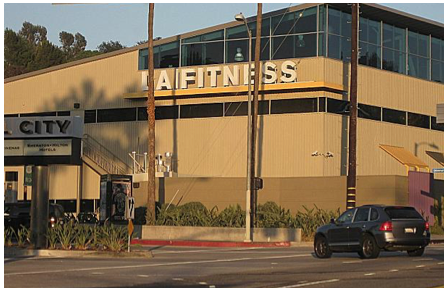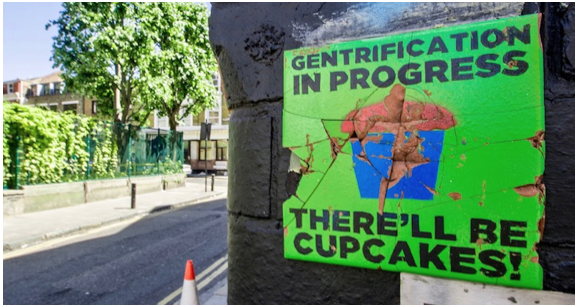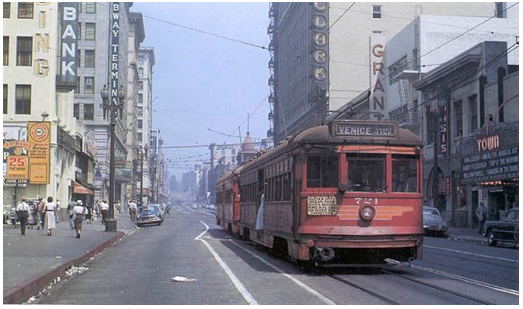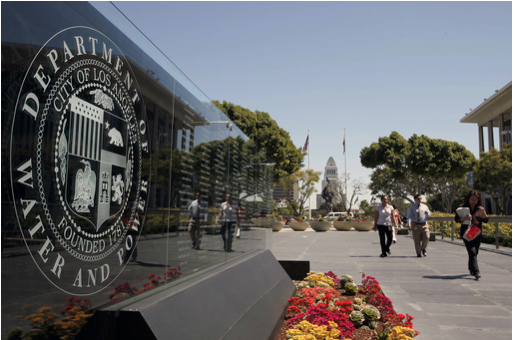Hotel Complex: A Dream for Hollywood Jobs
LIVING THE DREAM-When one thinks about the visionaries who made Hollywood what it is today, there are a lot of candidates to consider: Sid Grauman who dreamed up the picture palaces and movie premieres; C.E. Toberman, who built most of the grand buildings on Hollywood Blvd. and made the Hollywood Bowl a reality; the Chandler family and their associates who put the huge Hollywood Sign on Mt. Lee; Johnny Grant, who built the Hollywood Walk of Fame into an international icon. The list could go on and on.

